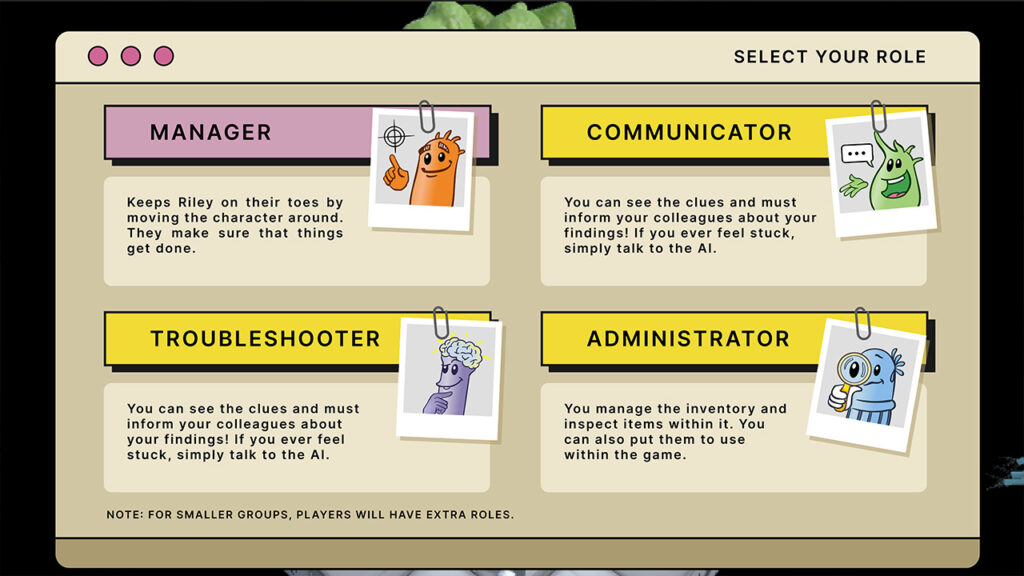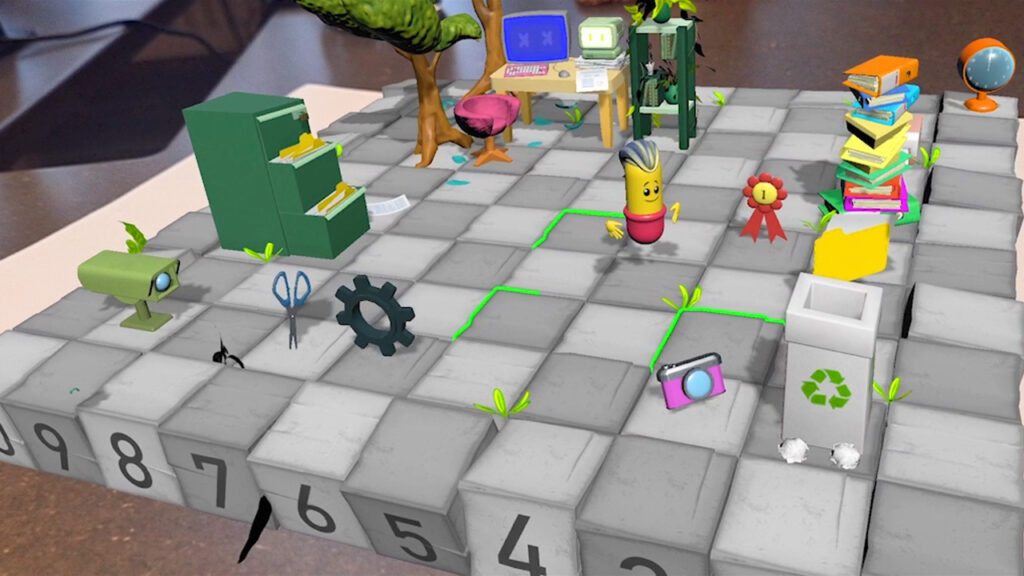In today’s fast-paced and ever-evolving business landscape, effective leadership is more crucial than ever. Leadership training programs play a vital role in developing the skills and competencies of current and future leaders.
One of the latest advancements in training technology, Augmented Reality (AR), has revolutionised the way leadership training is delivered. By incorporating AR apps into leadership training programs, organisations can create immersive and engaging learning experiences that drive better results.
In this article, we explore how to effectively leverage AR apps in leadership training programs to develop strong leaders and offer some real-life user cases we have resolved with our innovative AR multiplayer game designed specifically for businesses to experience a new kind of team-building that will positively change the way your team communicates, collaborates and works together.
Understanding Augmented Reality (AR) in Leadership Training
Augmented Reality (AR) is a technology that overlays digital information, such as images, videos, and 3D models, onto the real-world environment. AR apps utilise devices like smartphones or tablets to deliver these digital overlays, creating interactive and immersive experiences.
In the context of leadership training, AR provides a powerful tool for simulating real-world scenarios, allowing participants to practice leadership skills in a safe and controlled environment.
Engaging AR content involves interactive scenarios where participants can make decisions and see the immediate impact on virtual teams or projects. For example, a leadership app might simulate a crisis where the participant must lead a team through a challenging scenario.
AR apps can facilitate role-playing exercises where participants take on different leadership roles and interact with virtual team members. This helps develop communication, conflict resolution, and decision-making skills.
Presenting case studies in a 3D format allows participants to explore different perspectives and outcomes. They can interact with the scenario, examining details and making informed decisions.











